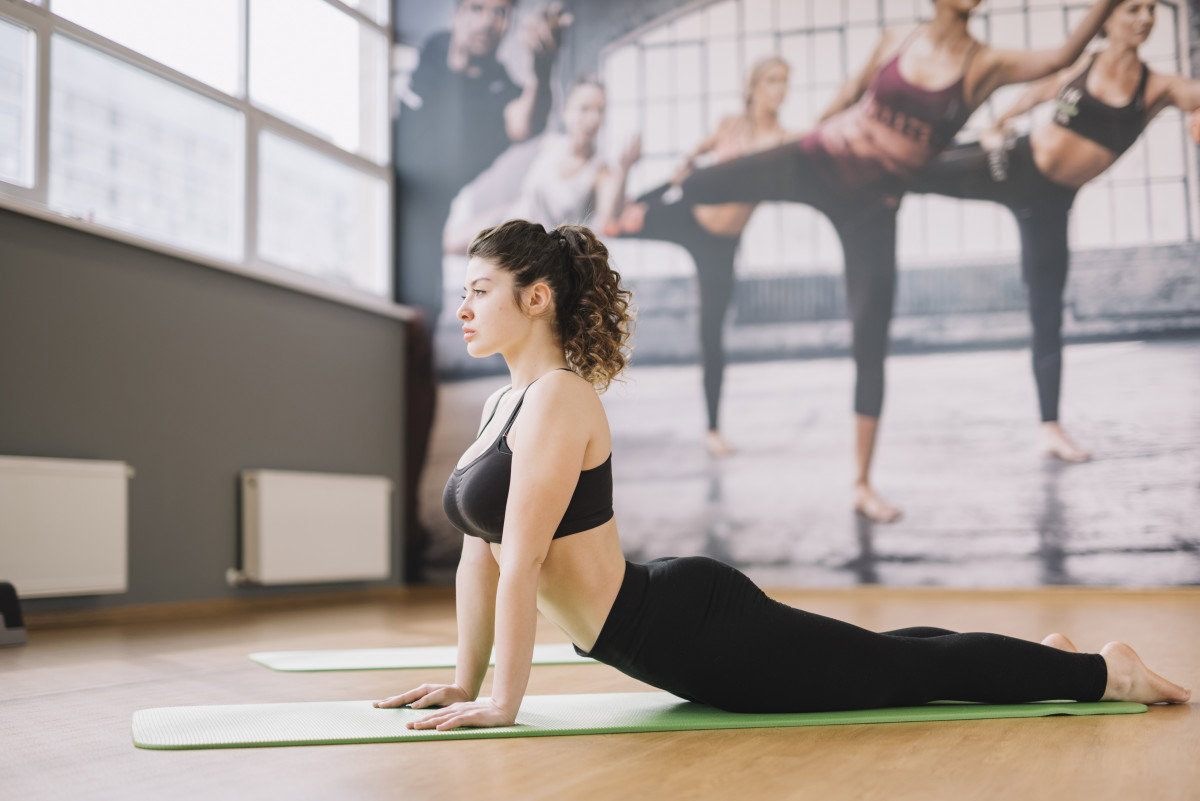Introduction
In the realm of fitness and wellness, Pilates stands out for its unique integration of mind, body, and breath. Central to Pilates practice is the concept of mindful breathing, which not only enhances physical performance but also promotes mental clarity and relaxation. This article explores the crucial role of breathing in Pilates, explaining how it aids in achieving mindfulness in motion and optimizing the benefits of each exercise.
1. The Importance of Breathing in Pilates:
Enhancing Mind-Body Connection: Breathing is a fundamental component of Pilates that fosters a deep connection between the mind and body. By focusing on breath control, practitioners become more aware of their movements and bodily sensations, leading to more precise and intentional exercise.
Oxygenating the Muscles: Proper breathing techniques ensure that muscles receive an adequate supply of oxygen, which is vital for performance and recovery. Oxygenated muscles can work more efficiently, reducing fatigue and enhancing endurance.
Supporting Core Engagement: In Pilates, breathing is intricately linked with core activation. The breath helps engage the deep abdominal muscles, providing stability and support for the spine during movements. This core engagement is essential for maintaining proper form and preventing injuries.
2. Understanding Pilates Breathing Techniques:
Lateral Breathing: Pilates emphasizes lateral or intercostal breathing, which involves expanding the ribcage sideways rather than lifting the shoulders. This technique allows for maximum lung capacity and encourages deeper, more controlled breaths.
Coordinating Breath with Movement: In Pilates, each movement is synchronized with a specific breathing pattern. Typically, practitioners inhale to prepare for a movement and exhale during the exertion phase. This coordination helps maintain rhythm and flow, ensuring exercises are performed smoothly and effectively.
3. The Mental Benefits of Mindful Breathing:
Reducing Stress and Anxiety: Mindful breathing in Pilates has a calming effect on the nervous system, helping to reduce stress and anxiety. The focus on controlled, deep breaths activates the parasympathetic nervous system, promoting relaxation and a sense of well-being.
Enhancing Concentration and Focus: Breathing acts as an anchor for the mind, drawing attention away from distractions and towards the present moment. This heightened concentration enhances the quality of the Pilates practice, allowing for more mindful and effective workouts.
4. Practical Breathing Exercises in Pilates:
The Hundred: This classic Pilates exercise is a great way to practice breathing. Lie on your back with legs in tabletop position, lift your head and shoulders, and pump your arms up and down while inhaling for five counts and exhaling for five counts. This helps to oxygenate the blood and engage the core.
Spine Stretch Forward: Sit with legs extended and feet flexed. Inhale to lengthen the spine, and exhale as you reach forward, articulating each vertebra. This exercise promotes spinal flexibility and mindful breathing.
Saw: Sit with legs extended and arms out to the sides. Inhale to prepare, and exhale as you twist and reach one hand towards the opposite foot, deepening the twist with each breath. This exercise combines spinal rotation with controlled breathing.
5. Tips for Incorporating Mindful Breathing into Your Pilates Practice:
Start with Breath Awareness: Begin each session with a few minutes of breath awareness. Focus on the natural rhythm of your breath, and gradually shift to lateral breathing, expanding the ribcage with each inhale.
Use Visualizations: Visualize the breath filling your lungs and expanding your ribcage. Imagine sending the breath to areas of tension, helping to release and relax those muscles.
Practice Consistency: Consistent practice of mindful breathing will enhance your overall Pilates experience. Dedicate time to practice breathing exercises regularly, both within and outside of your Pilates sessions.
6. Scientific Support for Breathing in Pilates:
Research supports the benefits of mindful breathing in physical exercise. A study published in the Journal of Sports Science & Medicine found that controlled breathing techniques significantly improved core stability and muscle activation during exercises. Another study in the Journal of Bodywork and Movement Therapies highlighted the stress-reducing effects of mindful breathing, emphasizing its role in promoting mental well-being.
Conclusion
Breathing is more than just a physical necessity; it’s a powerful tool that enhances the effectiveness of Pilates practice. By integrating mindful breathing techniques, practitioners can achieve a deeper mind-body connection, optimize muscle performance, and experience greater mental clarity and relaxation. Whether you are a seasoned practitioner or new to Pilates, focusing on your breath will elevate your practice, transforming each movement into a mindful and rejuvenating experience. Embrace the power of mindful breathing and discover the profound benefits it brings to your Pilates journey.
Discover more from Pilates All Ages
Subscribe to get the latest posts sent to your email.
